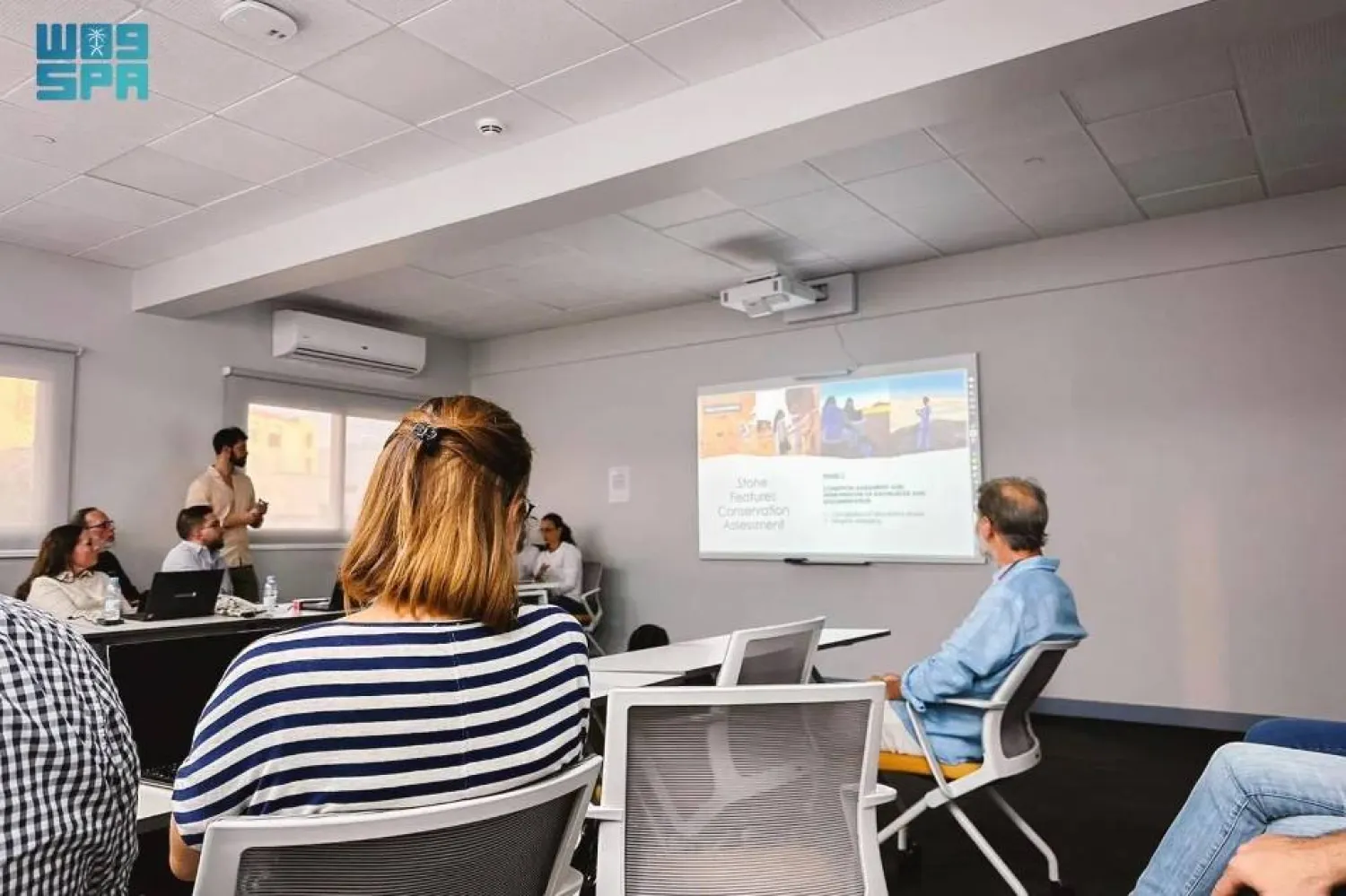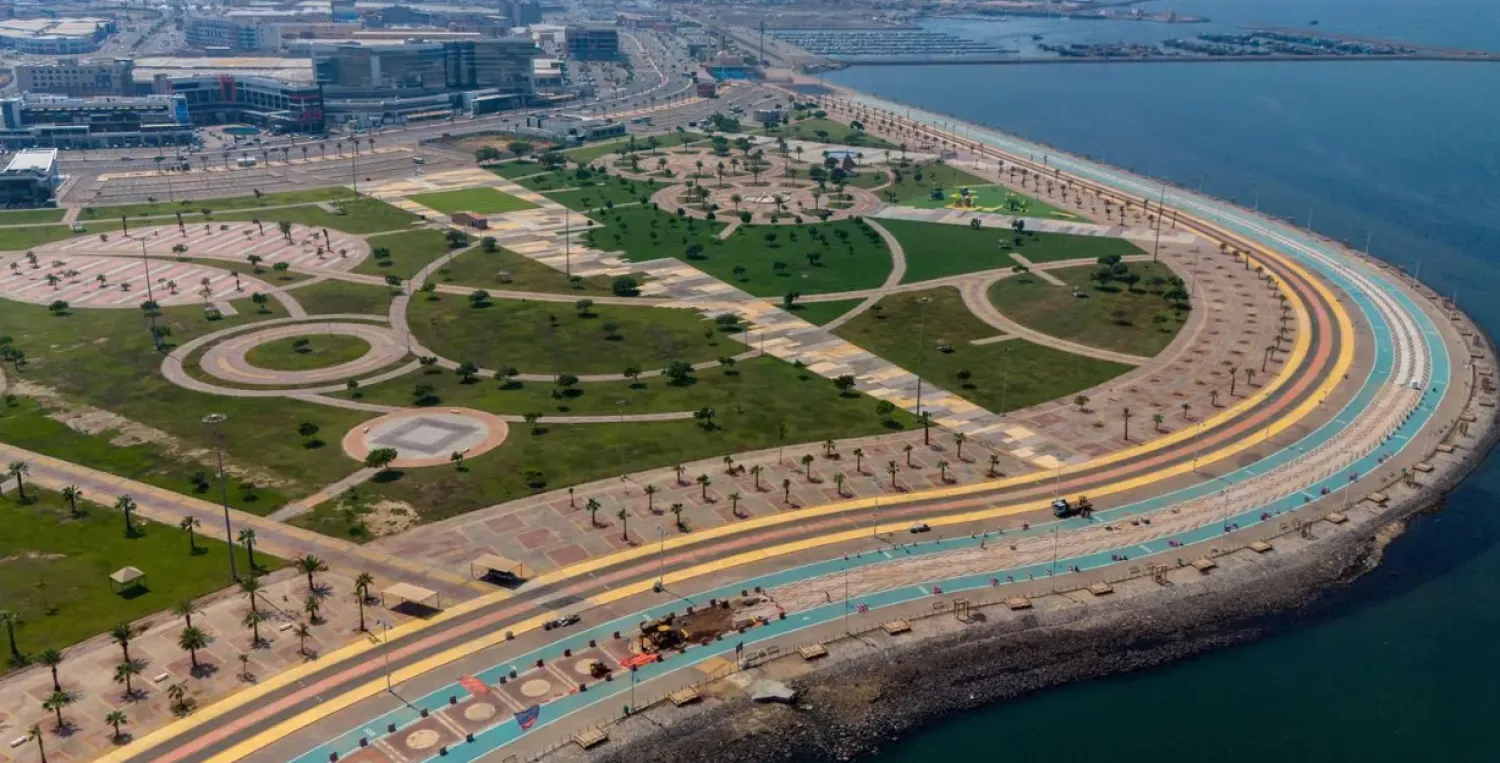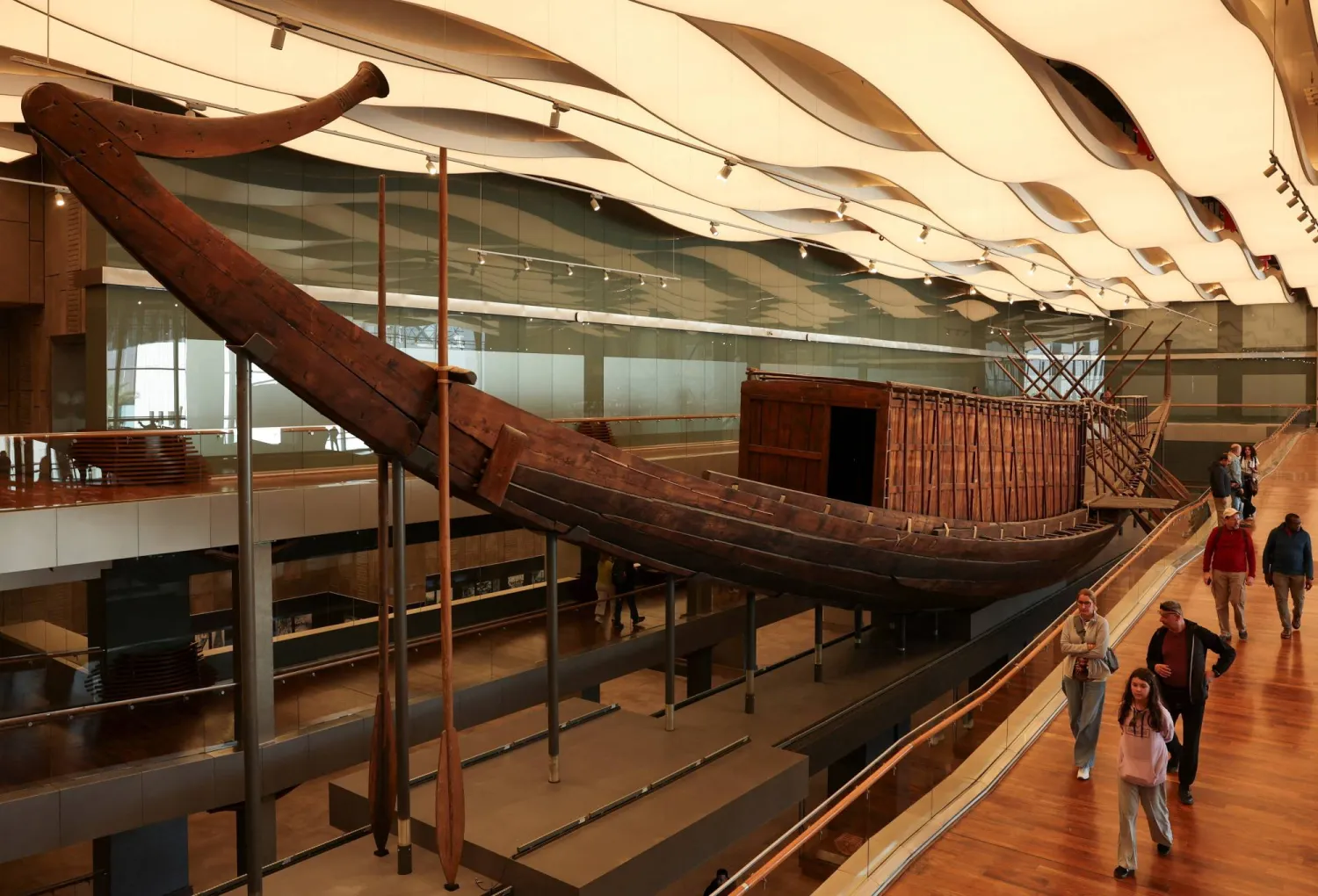The Royal Commission for AlUla (RCU) has launched the Hegra Conservation Project in collaboration with the Italian company Estia, which has 30 years of experience in this field.
Hegra is the first Saudi archeological site on UNESCO's World Heritage List. The project is part of the commission efforts to renovate and preserve antiquities that abound in this land of civilizations.
Led by Prof. Mauro Matteini, former director of the Italian National Research Council (CNR), a team of scientists, experts, and cultural heritage conservation technicians are investigating the factors leading to the deterioration of the ancient carved tombs in Hegra, which are over 2,000 years old.
The primary goal of the project is to identify the causes of degradation and devise measures that ensure their long-term preservation; the project will end by 2025.
Hegra Conservation Project gives the chance to share the beauty of antiquities in AlUla.
Hegra Archeological Site is one of the most distinguished historical sites in the Kingdom, whose carved tombs date back to the Nabatean time.









